An often over-looked category of footwear is work boots. But that type and style of footwear could be just what you need, and these may be the boots for you.
by Leon Pantenburg
Disclaimer: Kuru supplied the product reviewed in this post. I was not paid to write it, and at the time of publication, there is no affiliation with Kuru. Nobody had any input in this review, and what follows is my opinion. All I ever promise in a review is a fair shake.
My early jobs were in the trades, specifically carpentry. I worked my way through college doing concrete and heavy construction work in the summers, along with hardcore manual farm work. During the school year, I worked part-time at a grocery store sacking groceries. My first job after graduating from Iowa State University required a hardhat, steel-toed boots, a 25-foot tape measure and a 22-ounce framing hammer. In all these occupations, quality footwear was a must.
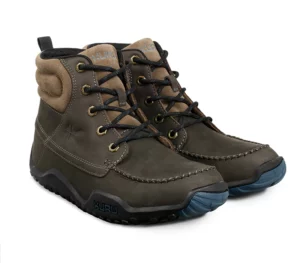
Kuru Quest work boots, Woodstock brown.
Laborers appreciate good boots, because they will be on their feet all day. Now, some urban folks are realizing that a solid, sturdy boot can fit into their wardrobe. Check out Pinterest – you’ll find a variety of posts extolling work boots and how to fit them into your “look”. (Quick hint: Cuff your jeans so the whole boot can be seen. That’s part of the “look.”)
That’s where these Kuru Quest work boots come in. They can be worked hard, but still look classy with jeans or other casual wear.
Here are the specs:
- Arch Support – Arch support is built-in
- Materials – Leather uppers, synthetic linings, non-marking rubber outsole
- Heel to Toe Drop – 12mm for better pressure distribution from heel to forefoot
- Weight – Approximately 18 oz based on a size 9.5
- Width – D only
- Origin – American design, made in China
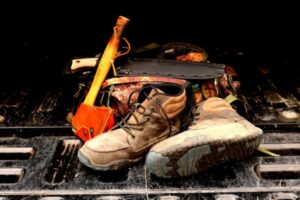
Quality work boots are one of the tools of the trade.
The Quest is Kuru’s top-selling trail hiker for those suffering from Plantar Fasciitis, heel pain, flat feet, bone spurs, and more. I got the brown Woodstock Quests, and immediately wore them on a two-mile dog walk on a track. No rubbing, chaffing, discomfort etc. They were reasonably comfortable, considering they were out-of-the-box new and stiff.
Then I wore the Quests on a plant foraging expedition in a Mississippi swamp. I waded creeks, through mud and over rough terrain. The boots were not well broken-in at the time, but they were comfortable. My go-to Buffalo Wool socks worked well in the boots.
Kuru claims the boot insoles use your body heat to mold themselves to your feet over time. That is what happened to my boots. Now they are very comfortable. I’m guessing the Quests should have several hours of wear and between 30 to 50 miles put on them before being worn on a serious hike.
Every Kuru shoe includes KURUSOLE technology. It is a patented insole, Kuru claims, with the perfect blend of heel, ankle and arch support,
Here’s the good stuff:
Arch support: Put on the Quests, and the insoles may feel funny and kind of weird initially, as if they are too high in places. This is normal, and the boots will soon mold to your feet.
Materials: The leather uppers appear to be durable, and they look good. I like quality leather for work boots, and the Quests should last a long time. The water-proof linings seemed to work OK.
Broad toe box: Your toes need to have room to move inside the boot. The wide toe box will be comfortable for most wearers. You will particularly appreciate the toe wiggle room if you suffer from Morton’s neuroma, hammer toes, bunions etc.
Gusseted tongue: This helps keep dirt and debris out of the way.
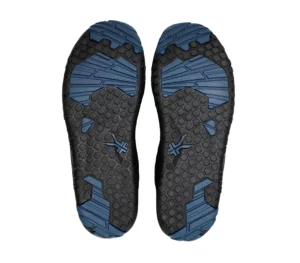
The tread pattern is practical and very non-slip.
Sole: You don’t need and probably don’t want an aggressive tread pattern on a work boot. If you are working inside, you don’t want to drag dirt and debris in when you go back and forth to the truck. And if you hike in established areas, that aggressive tread is hard on the trail and not particularly effective on concrete. I found the Quest’s tread pattern to be appropriate for a shoe that would be more likely worn in urban settings.
Warranty: I don’t like buying shoes without trying them on first. According to to the Kuru website, you can return your order for a refund or exchange for a different size or style within 45 days of the purchase date with no restocking fees. Every pair of shoes orders are permitted one exchange. If you find you need to place an exchange on an already exchanged item return the pair of shoes and place a new order.
Not so hot on:
Width: The boots only come in D width, and for those of us with wide feet, this could be a problem. I typically wear a size E or EE, and ordered these boots with some trepidation. But the no-question returns warranty sold me and the boots seem to fit a bit wide. The Woodstocks are perfectly comfortable now they are broken in.
Toe box: I had sufficient wiggle room in the toes area, but I would like more. Flexibility in the toe area is essential to comfort and keeping your feet warm. I haven’t tried these boots in cold weather, so we’ll have to see how this plays out.
Nit-picking: The Kuru company is based in Salt Lake City, Utah and is independently owned and web-driven. The products are currently made in China, and I wish they made here in America. American tradespeople appreciate American-made products.
So far, these are my only complaints about the Quests. I will be wearing them a lot in the upcoming months, so look for an update!
There are many factors that determine how comfortable your hiking and/or work footwear will be. Consider these things when you are shopping:
- Shoes or boots for hiking?
- Waterproof or not?
- What are the best socks for the conditions?
- How do you avoid getting sore feet?
- Will the shoes or boots keep your feet warm?
Subscribe to the SurvivalCommonSense.com YouTube channel for more how-to’s and tips on using your own good common sense.

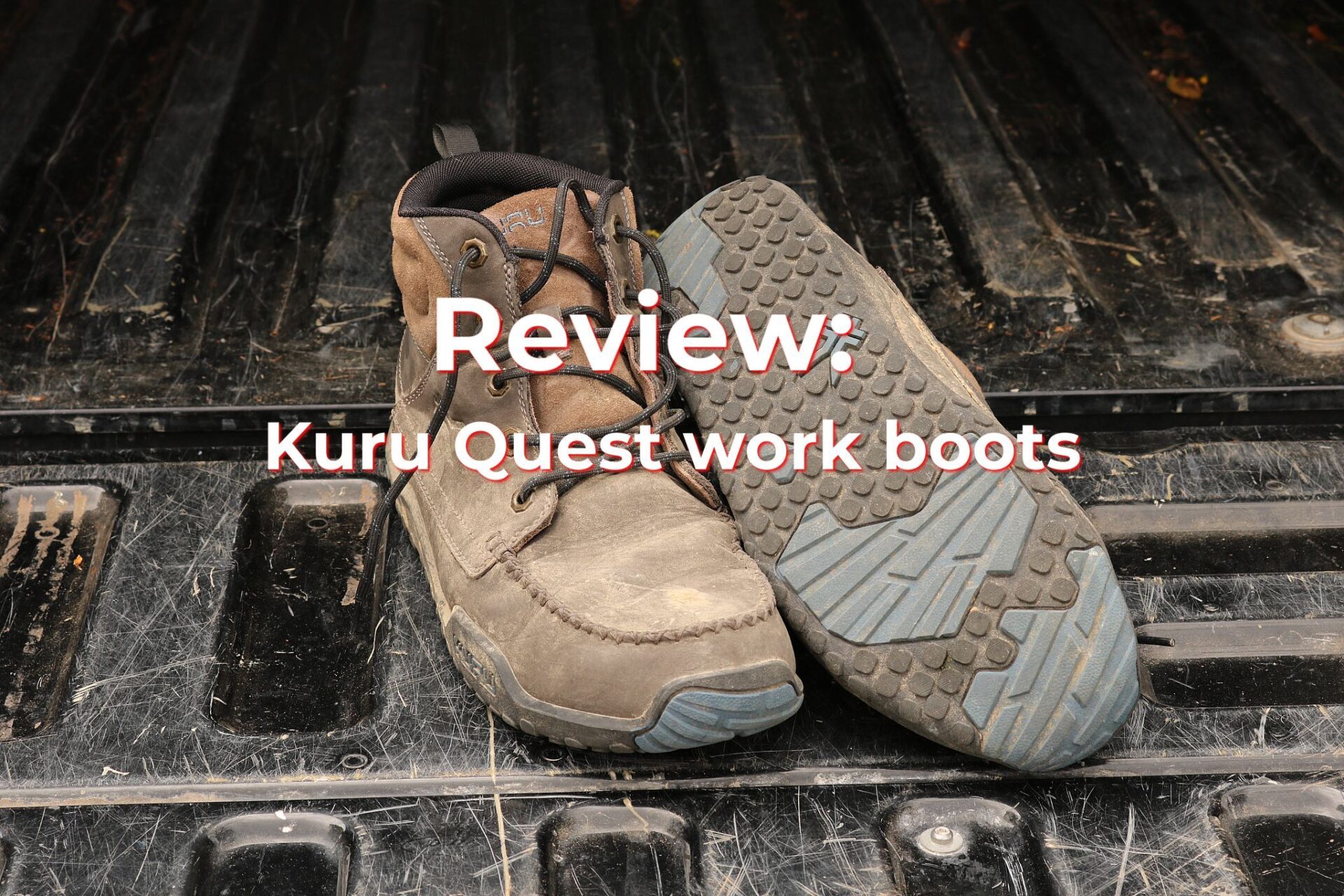
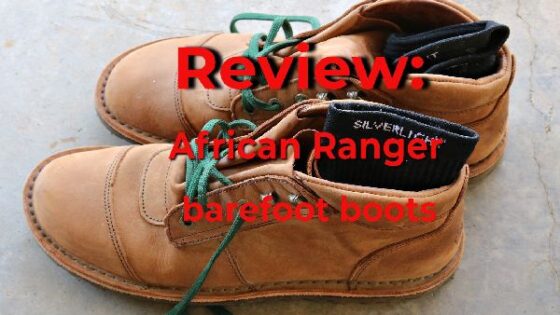
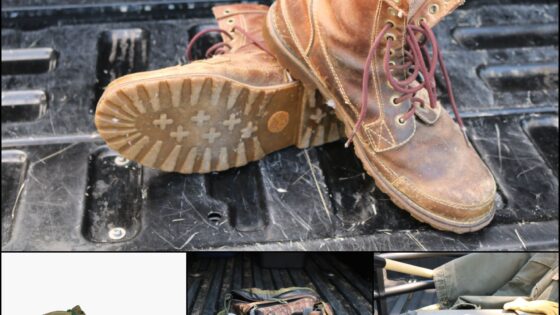
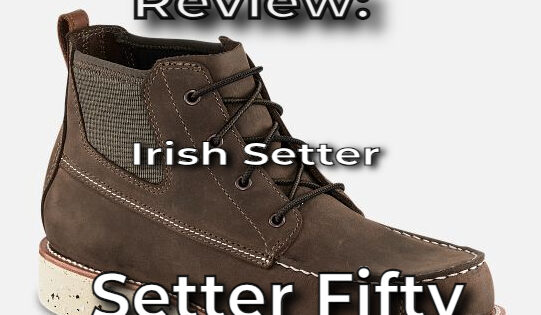
Leave a Reply